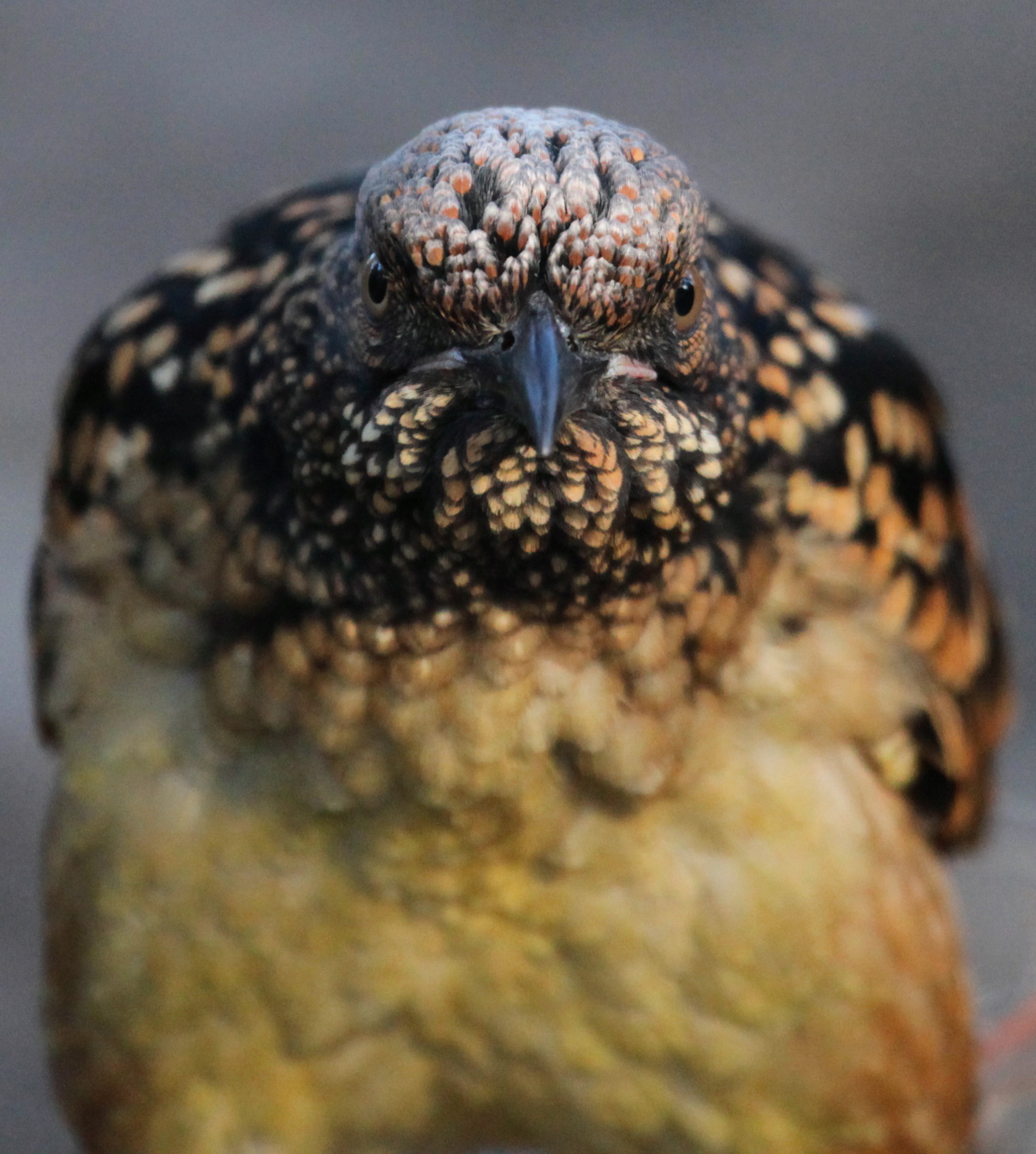Flying Dinosaurs: how fearsome reptiles became birds by John Pickrell
NB: There is an analogue of Godwin’s Law that operates in vertebrate palaeontology. It is enacted whenever someone begins to speak or write about feathered dinosaurs. It states that that person will eventually use a form of the phrase ‘ruffled feathers’. In writing a review of a book that deals, primarily, with our not-entirely-recent knowledge of feathered dinosaurs, it seems particularly pertinent to get this out of the way in case I ruffle some feathers myself. Ruffled feathers. There.
*****
When Jurassic World director Colin Trevorrow decided to go to his Twitter account to say something about the pending fourth instalment of the Jurassic Park franchise, he may not have appreciated how many feathers he would ruffle. More likely though, it was a crudely-veiled marketing ploy and ruffling feathers was precisely his aim.
In a tweet that will live in infamy, on the 21st of March 2013, @colintrevorrow stated simply, “No feathers. #JP4”. I needn’t go into the myriad reasons this decision was a load of old bollocks, as zoologist, writer and Tetrapod Zoology blog/podcast/conference impresario, Darren Naish covered the “No feathers” tweet nonsense more adeptly in his article for CNN Online, than I could here. But it’s a fitting reminder that the things you see in the media and even in some books, don’t necessarily have anything to do with scientific consensus. Anthropogenic climate change, the theory of evolution, and the living appearance of dinosaurs are just some of the topics that most scientists have reached an agreement on some time ago, but which are apparently still fair game to be drawn before the court of the masses and debated by the uninformed for the consumption of the unaware (to the chagrin of whoever’s left).
Jurassic World's dinosaurs lack authenticity - and feathers - John Pickrell in the SMH
But, unlike climate change and evolution (which I’d go as far as saying are common knowledge), you could be forgiven for not being bang up-to-date with your reading of vertebrate palaeontology over the last 45 years. Unless you foster a particular interest in birds or dinosaurs or both (not unusual), the advances in our understanding of the fossil record and origins of these groups of animals may have slipped past unnoticed. And if you missed this, then the 'Dinosaur Renaissance', in our understanding of how they appeared in life, may have passed you by also. It certainly passed me by. My childhood obsession with dinosaurs in the 1980s was fed by books full of (even then) erroneous depictions of dinosaurs as lumbering, ‘shrink-wrapped’, pachydermic beasts whose extinction, perhaps even without the benefit of hindsight, seemed inevitable.
Artistic Depictions of Dinosaurs Have Undergone Two Revolutions - Darren Naish on his Tetrapod Zoology blog at Scientific American
How handy then, to have a single source, John Pickrell’s Flying Dinosaurs, which offers us the ultimate catch up on modern perceptions of dinosaurs. Released in June 2014, this book takes the reader through the many discoveries of fossilised feathered-things to date. From the first find of Archaeopteryx lithographica in 1861 to the numerous feathered fossils that have been uncovered in China since 1996, we get the story behind each discovery and illumination of their significance to the bigger story… and what a story.
The big news, and the story that Flying Dinosaurs really seeks to tell, is that… [SPOILER ALERT] … dinosaurs never truly went extinct at all and are still among the most commonly encountered animals living among us.




Yes, there was a mass-extinction around 66 million years ago, associated with the massive impact at Chicxulub on the Yucatán Peninsula (and I was warmed to see that Australia's impact crater at Tnorala [Gosse Bluff] near Alice Springs even gets a mention on p. 169). But among the animals that survived the cataclysmic Cretaceous-Palaeogene boundary were the theropod dinosaurs that are the direct ancestors of modern birds; ergo, birds are dinosaurs.
Tnorala - the 142.5 million years old comet impact crater west of Alice Springs, Northern Territory
In fact, this is not particularly new knowledge. The close relationship between birds and dinosaurs was postulated by Thomas Huxley shortly after the first Archaeopteryx discovery in 1861, and it has been the generally accepted consensus that birds descended from some kind of dinosaur since the 1970s. The exact nature of the evolution of flight in birds is still being tossed back and forth between a few schools of thought, but the science of the theropod dinosaur ancestry of modern birds is as settled as it can be.
UK-based zoologist and author Darren Naish does a good line in t-shirt designs spreading the word. All the coolest birders buy them online at the Tet Zoo Red Bubble store - image by Darren Naish
Pickrell writes engagingly about sometimes technical scientific subjects. This won’t surprise anyone who has read his work as editor of Australian Geographic or in numerous other journals and magazines before that. It’s one thing to write well about a topic you understand yourself, but it’s another talent altogether to bring the layperson to a level of understanding that might allow them to enjoy the elegance of hard-won scientific knowledge. Flying Dinosaurs navigates the specialised terminology and mind-bending complexity of phylogenetic systematics (cladistics), without lapsing into unintelligible jargon or languishing too long on esoteric concepts. This is an achievement in itself. In the popular science genre there is a fine line trod between patronising the reader and skimping on crucial facts. While I wouldn’t class myself as a layperson in this field necessarily, I found my own knowledge being constantly revised, updated and deepened.
Flying Dinosaurs does for avian evolution what Carl Sagan’s Cosmos did for cosmology. It takes a large and complex subject and streamlines decades of technical work by specialists in a variety of disciplines into a well-crafted story, more easily comprehended by the rest of us. It loses none of the authority of a peer-reviewed paper as every claim and proposition is referenced. In many ways this is the finished product of science; the field work has been reported on, the technical work completed, the laboratory tests and models confirmed, the knowledge verified and the key conclusions are finally rendered plain for the rest of us to appreciate. Surely there can be no higher aim for science writing, popular or otherwise, than to bring all of us to a higher level of understanding of the nature of our universe and the world we live in.
Flying Dinosaurs certainly delivers on this aim. This is science communication at its best, and deserves to be widely enjoyed.
Flying Dinosaurs is published by Newsouth Publishing
You can follow the author on Twitter @john_pickrell
Related Links
http://edition.cnn.com/2015/06/11/opinions/naish-jurassic-world-missed-opportunity/
http://m.nzherald.co.nz/entertainment/news/article.cfm?c_id=1501119&objectid=10876135
